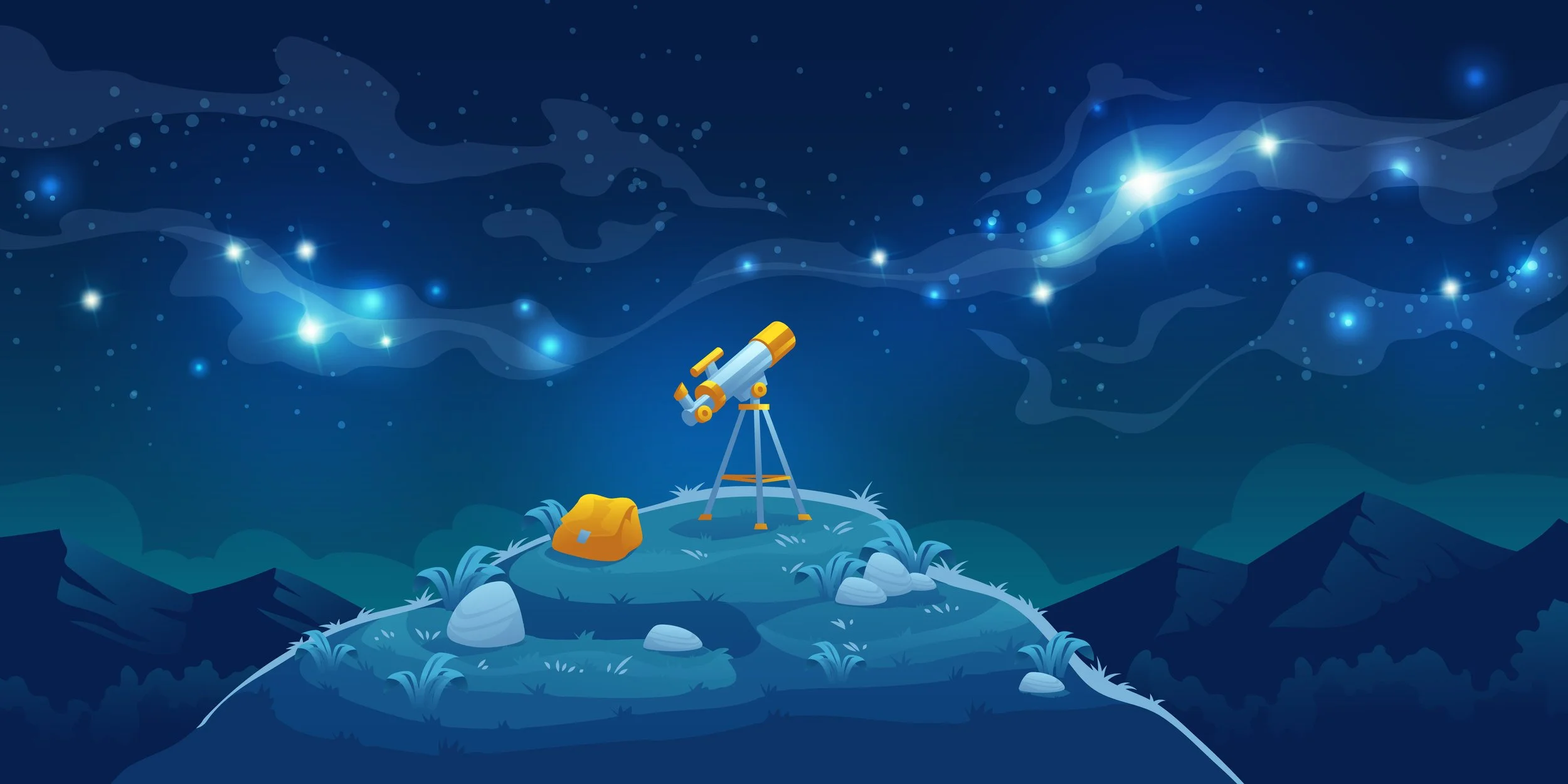Curiosity
One of the many ways we learn is through curiosity. Scientists are curious. Engineers are curious. They want answers, so they go about trying to find them. Young children are naturally curious.
Early learners discover textures by putting things in their mouths. As they grow, their levels of sophistication improve. They know the beach sand isn’t worth eating, but the piece of apple is.
They have learned. Their curiosity led them away from sand as nourishment to the better choice of an apple.
Observe children at play. Their inventiveness is unparalleled. Two sticks found in a garden become characters in an endless dialogue. Curiosity leads to creativity, and all young children have this capability.
We teachers actively drive curiosity. You can, too. Build on that innate sense of wondering. Ask questions that require more than a yes, no, or grunt.
The best word to begin with? Why?
Why did that happen?
Why did it do that?
Why is it raining?
Why is the wind blowing?
Why did you enjoy school today?
Why was our recent holiday so much fun?
Questions beginning with why will pique a child’s interests in digging deeper and thinking more critically.

